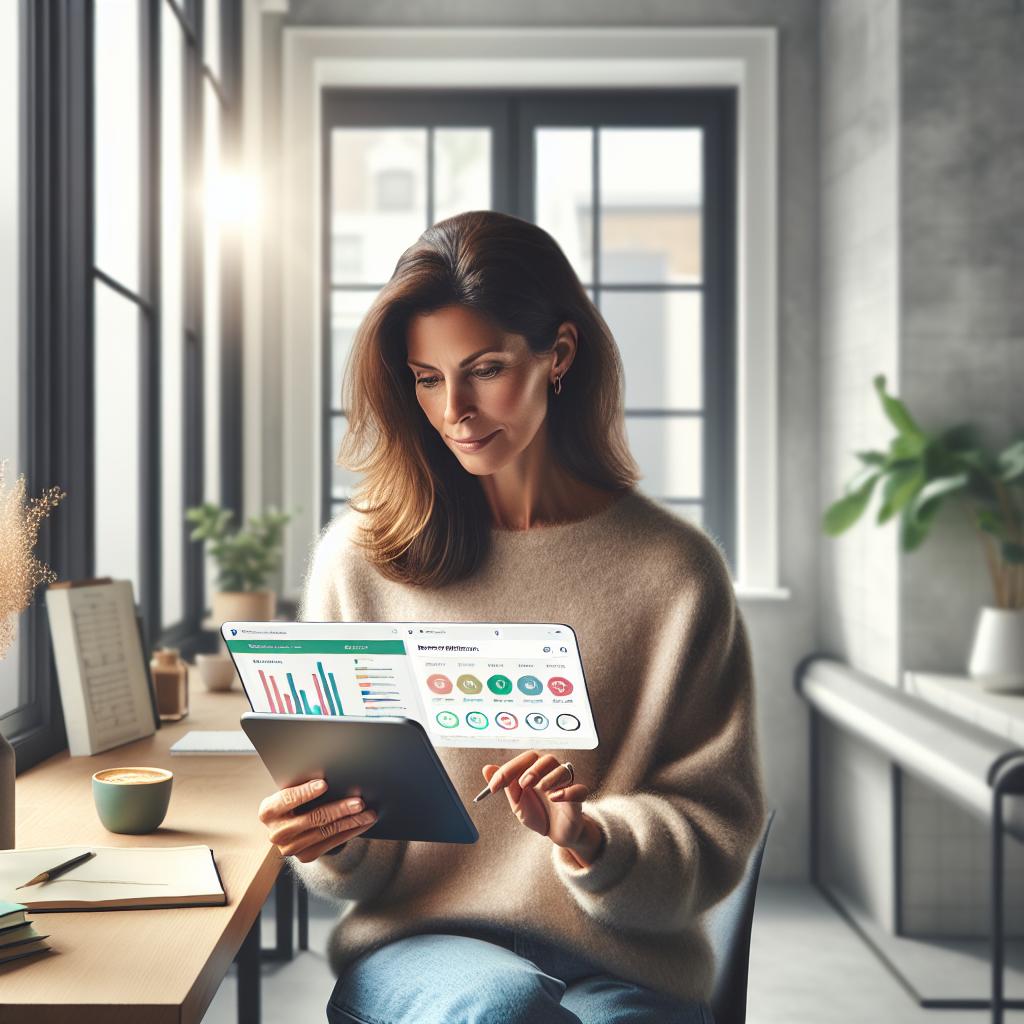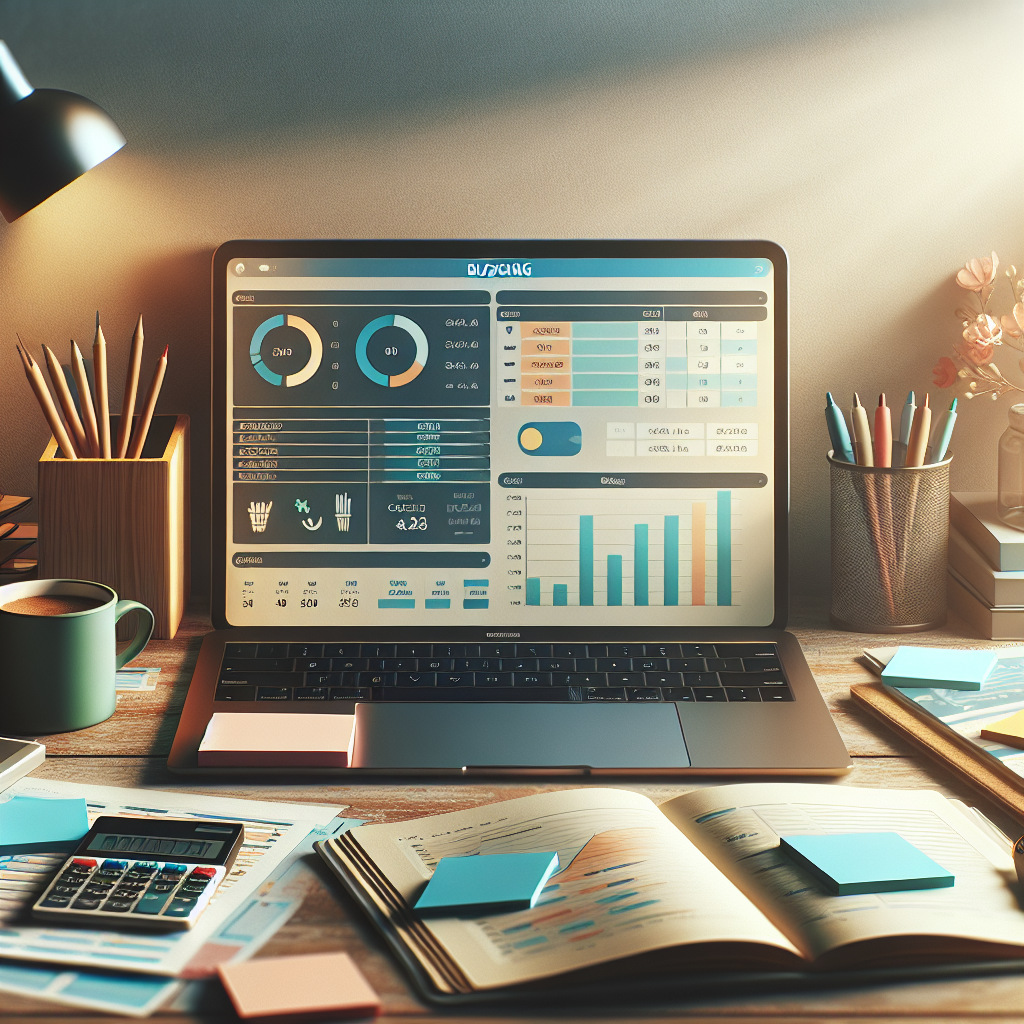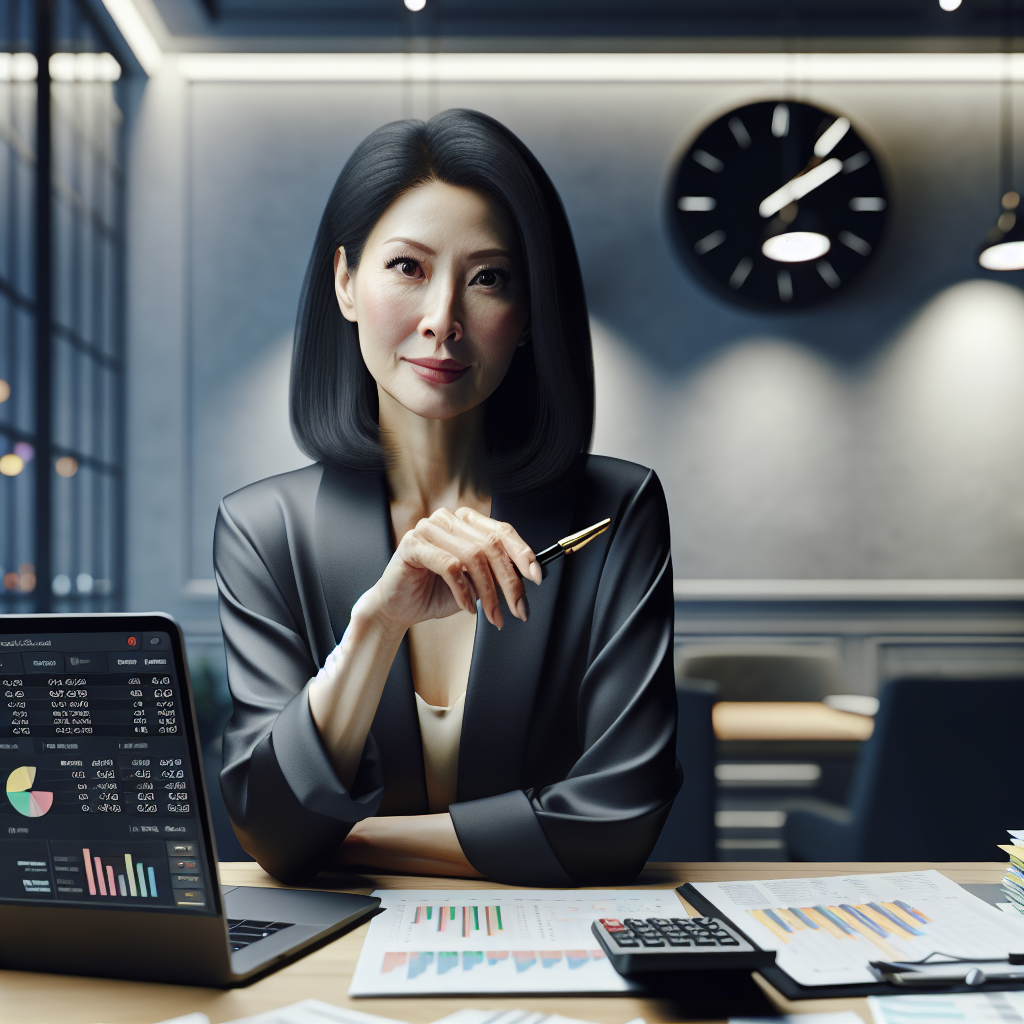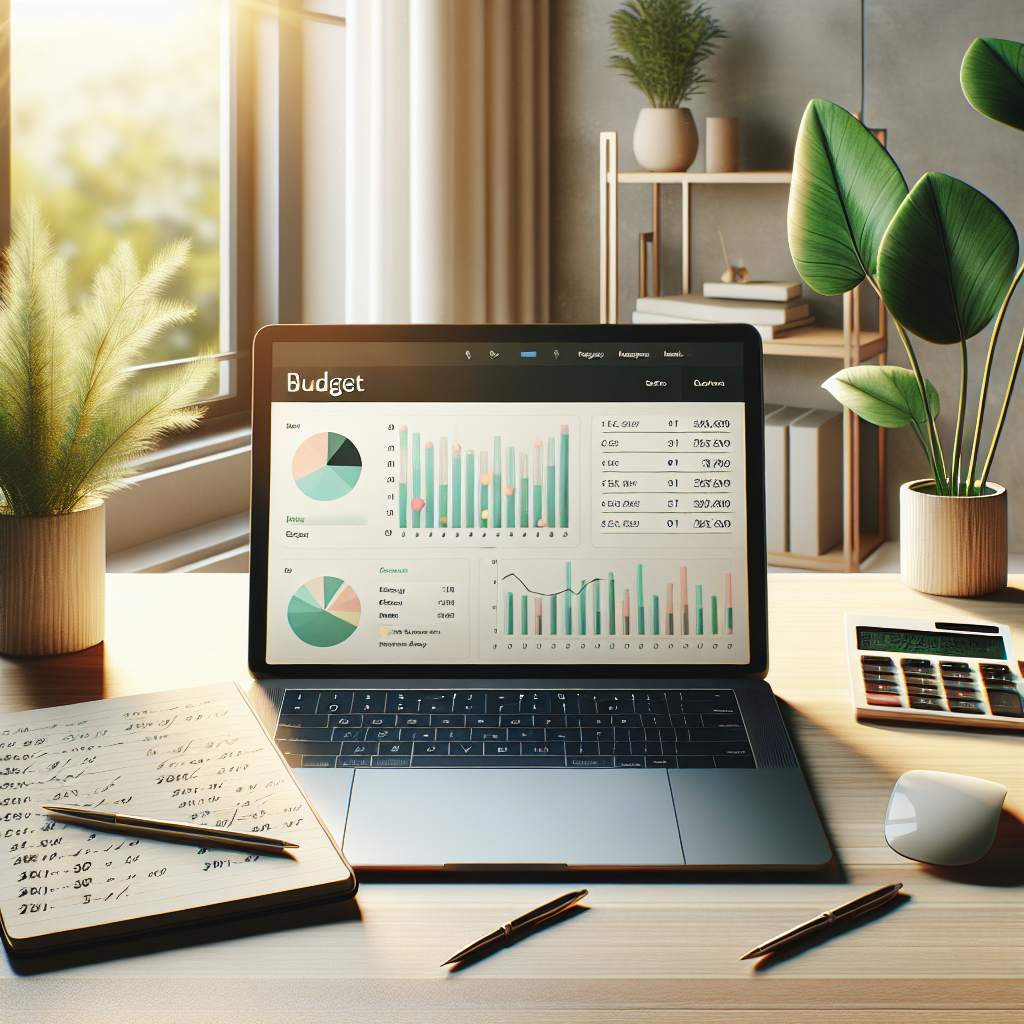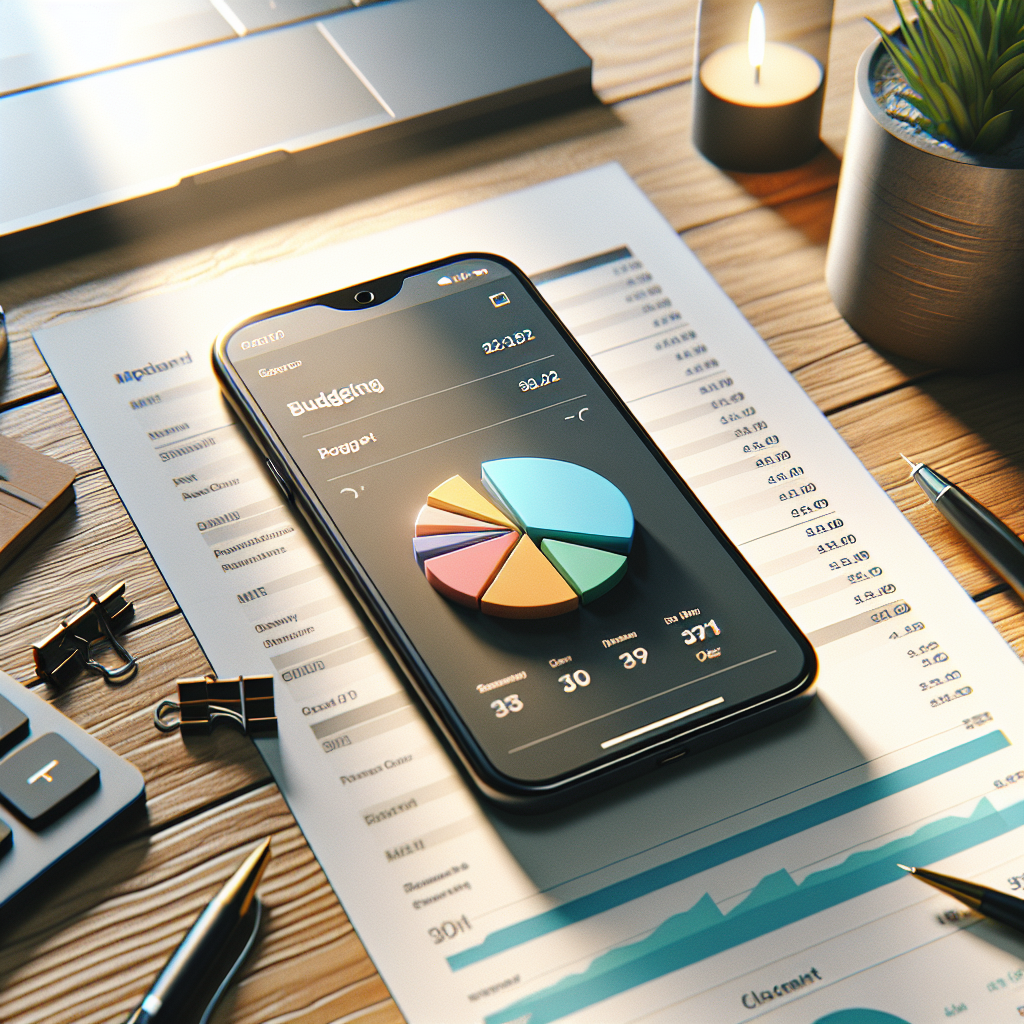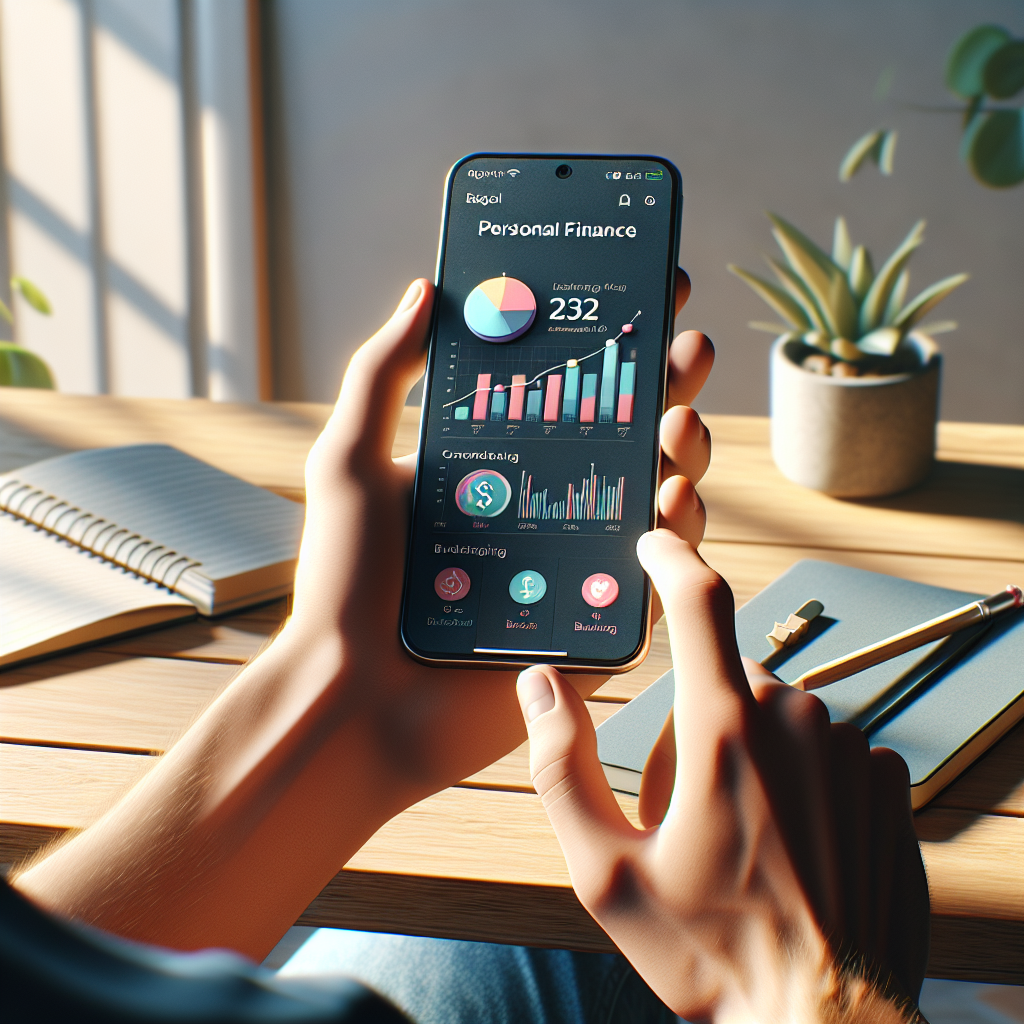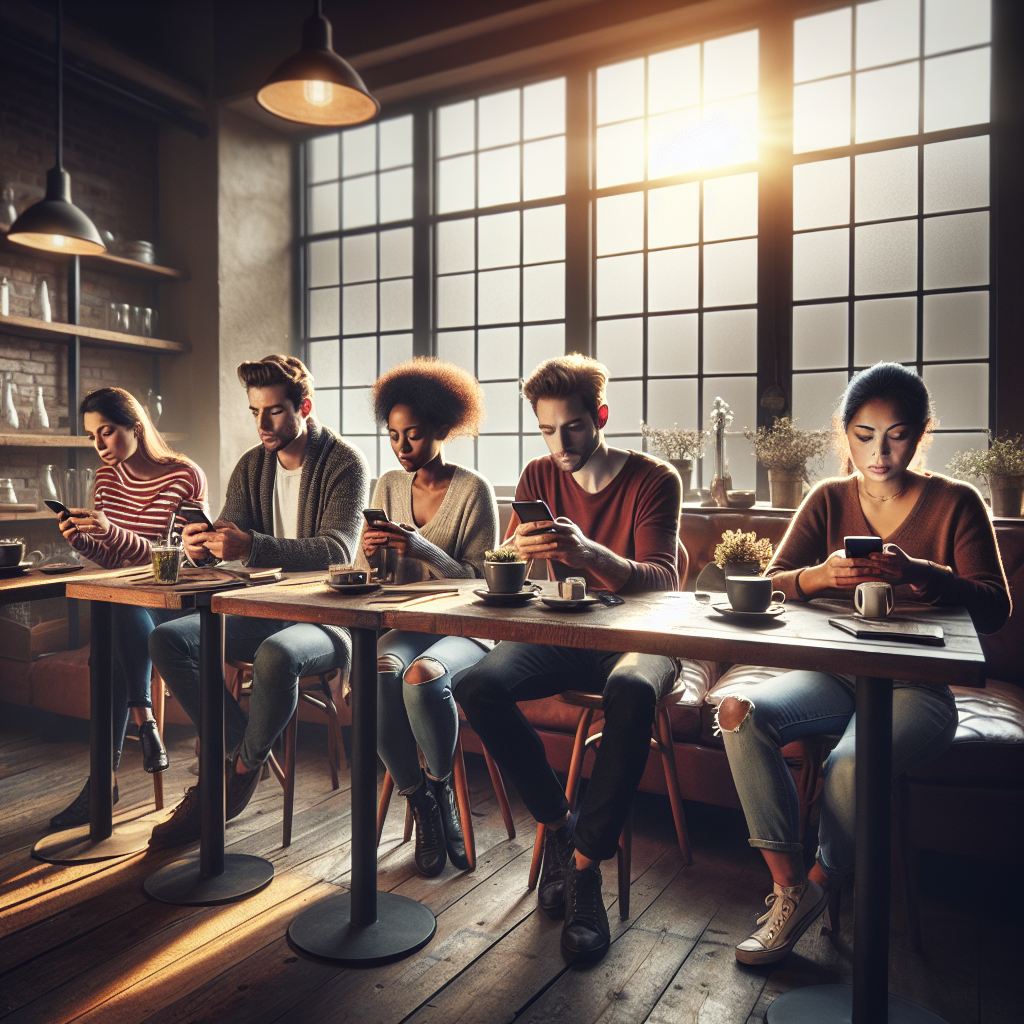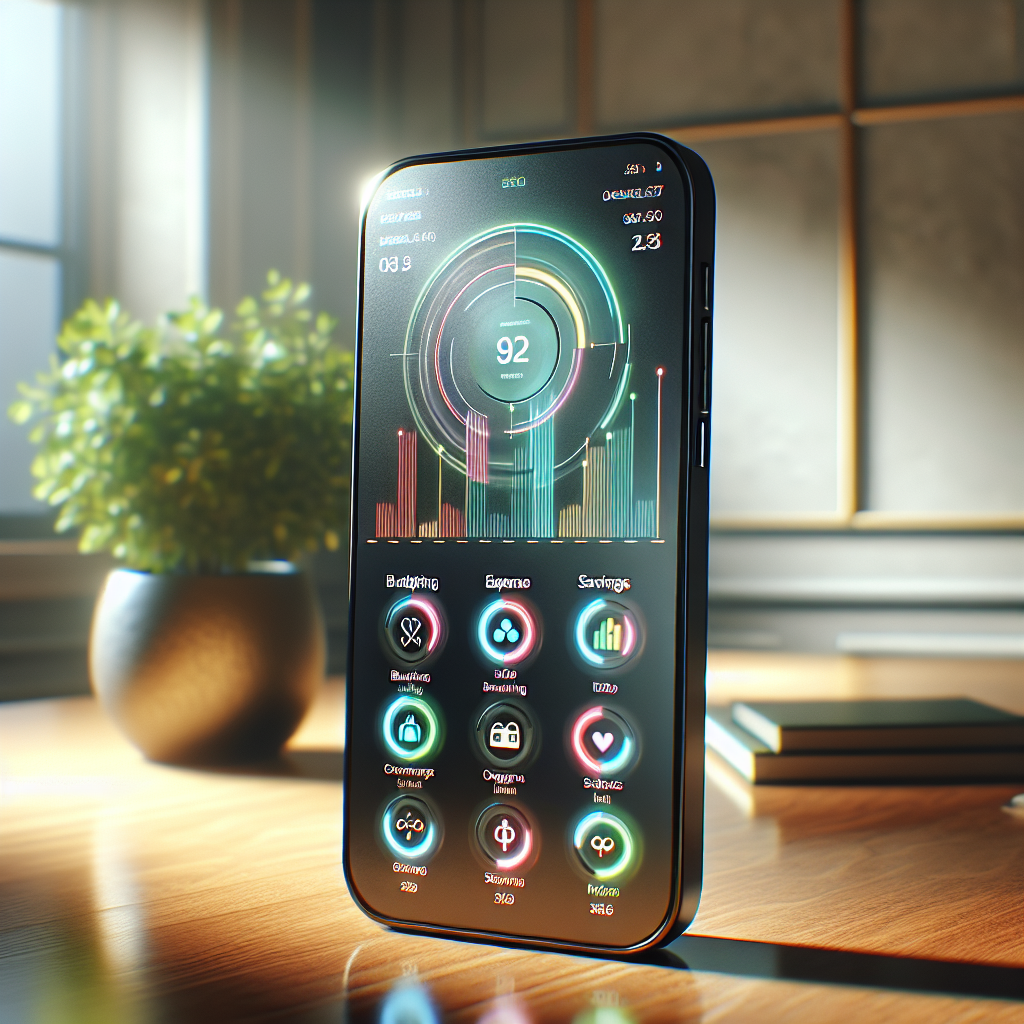In an increasingly interconnected world, the need for efficient financial management tools has never been more pronounced. Split expense apps have emerged as a vital solution for individuals and groups who frequently share costs, whether for travel, dining, or everyday expenses. These applications facilitate the process of dividing bills among friends, family, or colleagues, eliminating the often cumbersome task of calculating who owes what.
By leveraging technology, split expense apps not only simplify financial interactions but also enhance transparency and accountability in shared spending scenarios. The rise of these apps can be attributed to the growing trend of shared experiences, such as group vacations, communal living arrangements, and collaborative projects. As people engage in more joint activities, the complexity of managing shared expenses increases.
Traditional methods, such as pen and paper or simple calculators, can lead to misunderstandings and disputes over payments. Split expense apps address these challenges by providing a user-friendly interface that automates calculations and tracks payments in real-time, ensuring that everyone is on the same page.
Key Takeaways
- Split expense apps are designed to help groups of people easily manage and track shared expenses.
- Using a split expense app can help simplify group payments, reduce misunderstandings, and save time and effort.
- Split expense apps streamline group payments by allowing users to easily split bills, track expenses, and settle debts within the app.
- When choosing a split expense app, look for features such as multiple currency support, receipt scanning, and integration with popular payment platforms.
- To use a split expense app effectively, communicate openly with group members, regularly update expenses, and take advantage of the app’s features for convenience and accuracy.
The Benefits of Using a Split Expense App
One of the primary advantages of using a split expense app is the significant reduction in time and effort required to manage shared expenses. Instead of manually calculating who owes what after a group outing or trip, users can simply input the total amount and specify how it should be divided. The app takes care of the rest, providing a clear breakdown of each person’s share and any outstanding balances.
This efficiency not only saves time but also minimizes the potential for errors that can arise from manual calculations. Moreover, split expense apps foster transparency among group members. When everyone can see how expenses are divided and tracked, it reduces the likelihood of disputes or misunderstandings regarding payments.
This transparency is particularly beneficial in larger groups where individuals may not know each other well. By providing a clear record of transactions, these apps help build trust among participants, making it easier to engage in future group activities without the fear of financial mismanagement.
How Split Expense Apps Streamline Group Payments

The functionality of split expense apps extends beyond simple calculations; they also streamline the entire payment process. Many of these applications integrate with various payment platforms, allowing users to settle their debts directly through the app. This integration means that once expenses are recorded and divided, users can make payments instantly without needing to exchange cash or write checks.
This seamless transaction process is particularly advantageous in situations where individuals may not have cash on hand or prefer digital payment methods. Additionally, split expense apps often include features that allow users to set reminders for outstanding payments. This functionality is crucial in maintaining accountability within a group.
For instance, if someone forgets to pay their share after a group dinner, the app can send a gentle reminder, ensuring that no one feels awkward about asking for payment. By automating these reminders, split expense apps help maintain positive relationships among group members while ensuring that financial obligations are met promptly.
Features to Look for in a Split Expense App
| Feature | Description |
|---|---|
| Expense Tracking | Ability to track and categorize expenses |
| Multiple Split Options | Support for equal split, custom split, percentage split, etc. |
| Integration with Payment Apps | Ability to integrate with popular payment apps for easy transactions |
| Real-time Updates | Instant updates on expenses and balances |
| Group Expense Management | Ability to manage expenses within a group or team |
| Receipt Scanning | Feature to scan and attach receipts to expenses |
| Expense Report Generation | Capability to generate detailed expense reports |
When selecting a split expense app, several key features should be considered to ensure it meets the needs of users effectively. First and foremost, user-friendliness is essential. An intuitive interface allows users to navigate the app easily, input expenses quickly, and view their balances without confusion.
A well-designed app will minimize the learning curve and encourage consistent use among all group members. Another important feature is the ability to customize expense categories. Different groups may have unique spending patterns, so an app that allows users to create specific categories—such as dining, transportation, or accommodation—can enhance organization and clarity.
Additionally, support for multiple currencies is crucial for groups that travel internationally or consist of members from different countries. This feature ensures that everyone can participate without worrying about currency conversion issues.
Tips for Using a Split Expense App Effectively
To maximize the benefits of a split expense app, users should adopt certain best practices when managing their shared expenses. One effective strategy is to input expenses as they occur rather than waiting until the end of an outing or trip. By recording expenses in real-time, users can avoid forgetting details and ensure that all costs are accounted for accurately.
This practice also helps maintain transparency throughout the event, as everyone can see how expenses are accumulating. Another tip is to encourage all group members to actively participate in using the app. When everyone is engaged in tracking expenses and making payments through the app, it fosters a sense of collective responsibility.
Group leaders or organizers can facilitate this by providing a brief tutorial on how to use the app effectively at the beginning of a trip or event. By ensuring that everyone understands how to navigate the app and input their expenses, it creates a smoother experience for all involved.
Security and Privacy Considerations for Split Expense Apps

As with any financial application, security and privacy are paramount when using split expense apps. Users should prioritize apps that employ robust encryption methods to protect sensitive financial information. This includes personal data such as bank account details and transaction histories.
A reputable app will clearly outline its security measures in its privacy policy, giving users confidence that their information is safeguarded against unauthorized access. Additionally, users should be aware of how their data is used by the app developers. Some apps may collect data for marketing purposes or share information with third parties.
It is essential to read through privacy policies carefully and choose apps that respect user privacy and offer options for data control. Users should also consider enabling two-factor authentication if available, adding an extra layer of security to their accounts.
Comparison of Popular Split Expense Apps
Several split expense apps have gained popularity due to their unique features and user-friendly interfaces. One notable example is Splitwise, which allows users to create groups for different events or trips and track expenses over time. Its ability to handle multiple currencies makes it particularly appealing for international travelers.
Users appreciate its straightforward design and comprehensive reporting features that summarize spending patterns. Another popular option is Venmo, which combines social networking with payment processing. While primarily known as a peer-to-peer payment platform, Venmo also offers features for splitting bills among friends.
Its social feed allows users to see transactions made by friends, adding a layer of social interaction to financial exchanges. However, users should be cautious about privacy settings since transactions are visible by default unless adjusted. Lastly, Zelle has emerged as a convenient option for those who prefer direct bank transfers without needing to maintain a separate app account.
Integrated into many banking apps, Zelle allows users to send money instantly to others within their bank network. While it lacks some advanced features found in dedicated split expense apps, its simplicity and speed make it an attractive choice for quick payments among friends.
Simplifying Group Payments with Split Expense Apps
The advent of split expense apps has revolutionized how individuals manage shared costs in various social contexts. By automating calculations and facilitating seamless payments, these applications alleviate the stress often associated with group spending scenarios. As more people engage in collaborative activities—whether traveling with friends or sharing living expenses—the importance of these tools will continue to grow.
With numerous options available on the market today, users can select an app that best fits their needs based on features like user-friendliness, customization options, and security measures. By adopting best practices for usage and remaining vigilant about privacy concerns, individuals can harness the full potential of split expense apps to simplify their financial interactions with others. As technology continues to evolve, these applications will likely become even more integral to our daily lives, enhancing our ability to share experiences without the burden of financial complications.
If you’re looking for a comprehensive money management app, you may want to check out Valapoint’s list of top money management apps. One of the apps mentioned is Splitwise, a popular expense-splitting app that helps users easily divide expenses with friends and family. To learn more about Splitwise and other budget tracking apps, you can visit Valapoint’s article on money management apps.














